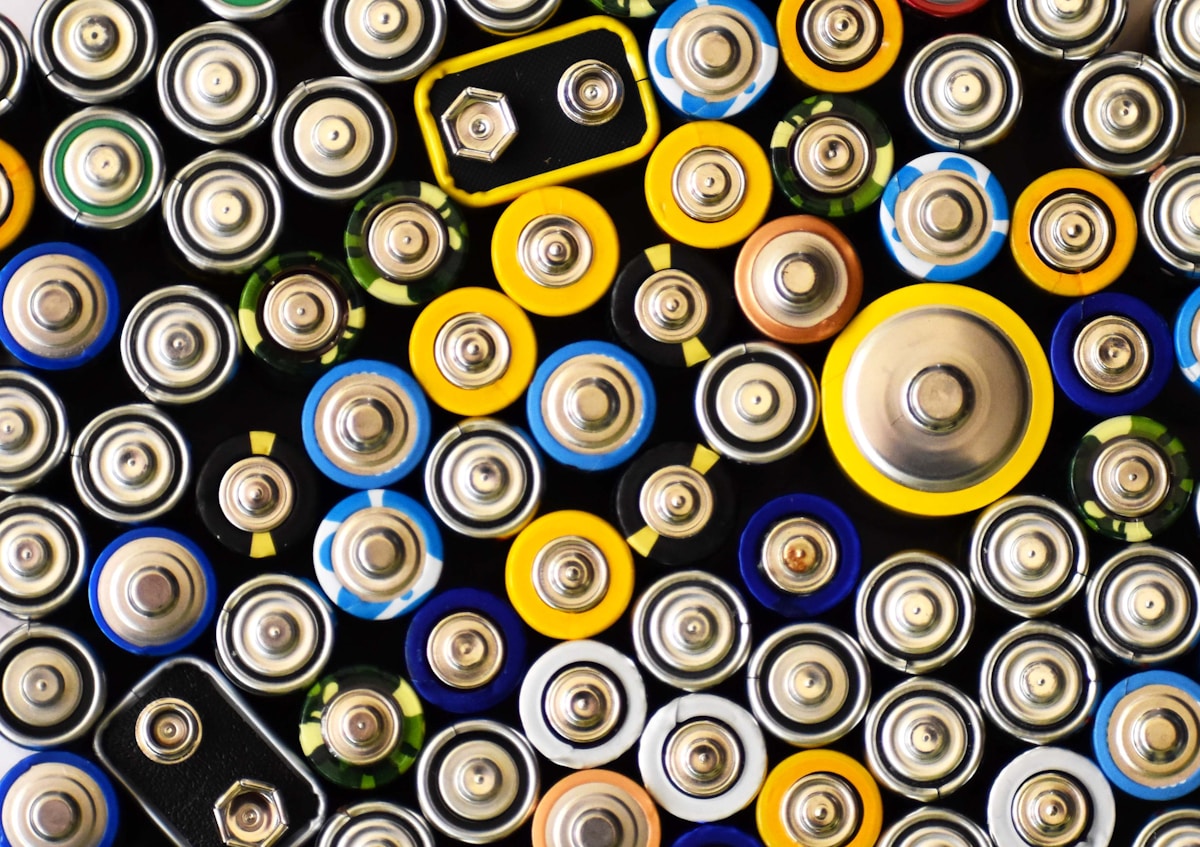Back to Industry News
Cleantech
Battery and Thermal Storage Bolster Renewable Energy Integration
Summary generated with AI, editor-reviewed
Heartspace News Desk
•Source: Iberdrola

Photo by Vardan Papikyan on Unsplash
Key takeaways
- Global deployment of energy storage systems gains momentum as renewable energy sources expand
- Intermittent power generation from solar and wind necessitates robust storage solutions
- Battery Energy Storage Systems (BESS) and thermal storage emerge as key technologies for grid modernization
Global deployment of energy storage systems gains momentum as renewable energy sources expand. Intermittent power generation from solar and wind necessitates robust storage solutions. Battery Energy Storage Systems (BESS) and thermal storage emerge as key technologies for grid modernization. These systems address fluctuations in renewable energy supply, ensuring a consistent power flow. Lithium-ion batteries are crucial for capturing excess renewable energy and stabilizing grid frequency. The International Energy Agency (IEA) projects installed storage capacity will exceed 270 GW by 2026. Thermal storage, utilizing materials like molten salt and ice, offers substantial potential for storing heat energy. This method improves overall energy efficiency by capturing and releasing thermal energy on demand. Integrating diverse storage technologies strengthens energy system resilience and reduces reliance on fossil fuels. Effective energy storage is fundamental to a sustainable energy future, enabling greater adoption of renewable sources and enhancing grid reliability. The combination of battery and thermal storage provides a comprehensive approach to managing the variability inherent in renewable energy generation, paving the way for a cleaner and more secure energy landscape.
Related Topics
energy storageBESSthermal storagerenewable energygrid stabilitylithium-ion batteries
Want coverage like this for your company?
Local & industry wins build trusted proof, SEO/geo signals and prime national editors.
Check fit (2 min)